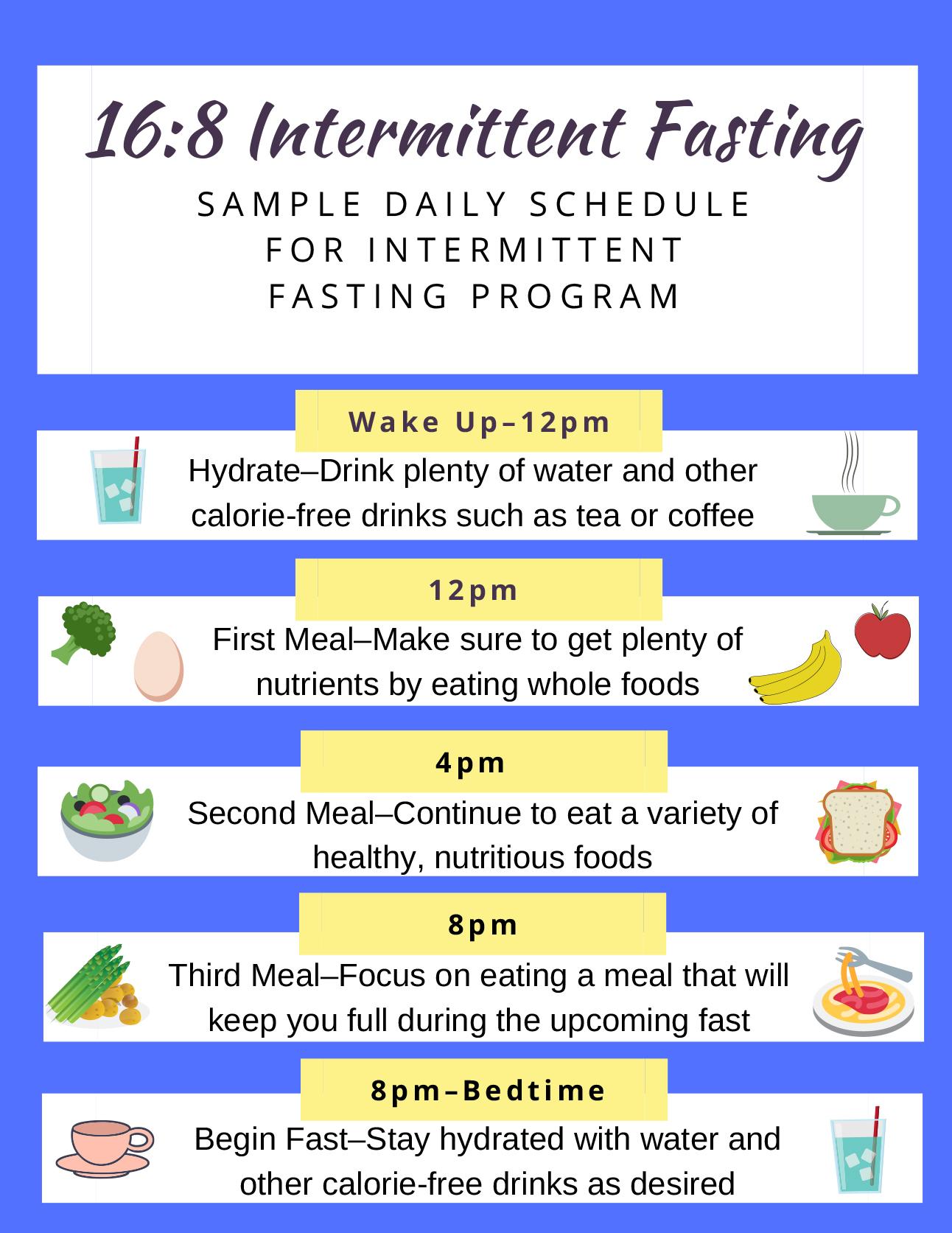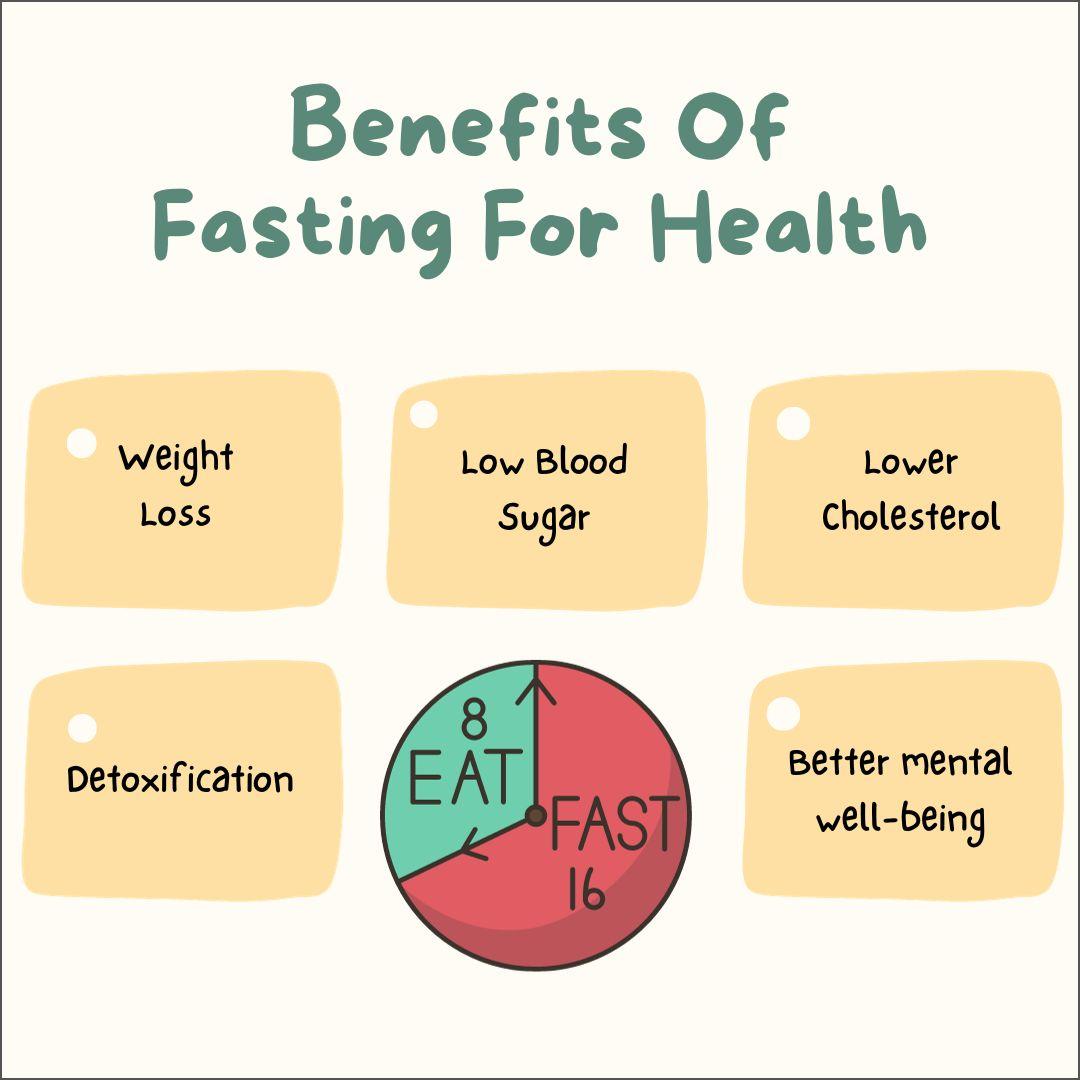In today’s fast-paced world, where every minute counts, maintaining a balanced lifestyle often feels like an elusive goal. Intermittent fasting, a dietary approach that alternates between periods of eating and fasting, has gained significant traction for its potential health benefits and simplicity. However, integrating this regimen into a hectic schedule presents unique challenges. This article delves into the most effective strategies to adhere to intermittent fasting, even amidst the chaos of daily demands. By examining practical tips and scientific insights, we aim to equip you with the tools needed to seamlessly incorporate this eating pattern into your life, ensuring that your health goals remain steadfast, regardless of your calendar’s demands.
Understanding the Core Principles of Intermittent Fasting
Intermittent fasting revolves around the idea of cycling between periods of eating and fasting, which can provide numerous health benefits, including improved metabolic health and increased energy levels. At its core, this practice is not merely about skipping meals but rather about understanding and embracing the body’s natural rhythms. By aligning your eating patterns with your circadian clock, you allow your body to optimize its functions, from hormone regulation to cellular repair.
Key principles to focus on include:
- Consistency: Establish a regular fasting and eating schedule that fits your lifestyle, whether it’s the 16/8 method or alternate-day fasting.
- Nutrition Quality: Prioritize nutrient-dense foods during eating periods to ensure your body receives the necessary vitamins and minerals.
- Hydration: Maintain adequate water intake throughout fasting periods to support bodily functions and reduce hunger pangs.
- Mindful Eating: Be present and intentional during meals, focusing on hunger cues and savoring each bite to avoid overeating.
Embracing these principles not only helps you adhere to your fasting routine but also enhances the overall effectiveness of the practice, allowing you to reap its full benefits even amidst a hectic lifestyle.

Integrating Meal Planning with Time Management Strategies
Balancing intermittent fasting with a hectic lifestyle can be a challenge, but by strategically aligning meal planning with time management techniques, it becomes manageable and even empowering. Meal prepping is a cornerstone of this strategy. Allocate a specific day, such as Sunday, to prepare your meals for the upcoming week. This not only ensures you have healthy, fasting-friendly meals at your disposal but also saves precious time on busy weekdays. Additionally, consider the Pomodoro Technique for managing your time efficiently. This method involves working in focused bursts followed by short breaks, which can be an excellent opportunity to plan your meals or take a moment to evaluate your fasting schedule.
For those whose schedules are constantly in flux, digital tools can be a game-changer. Utilize apps that offer meal planning templates and set reminders for your fasting windows. This tech-savvy approach allows you to adapt your fasting schedule in real-time, ensuring flexibility without compromising your health goals. Key strategies include:
- Batch Cooking: Prepare large quantities of versatile ingredients that can be quickly assembled into meals.
- Calendar Syncing: Use digital calendars to align your fasting periods with less busy times of the day.
- Smart Grocery Shopping: Create a shopping list based on your meal plan to avoid impulse buys and stay within your dietary guidelines.
By integrating these meal planning and time management strategies, you can maintain the discipline required for intermittent fasting, even amidst the busiest of schedules.

Leveraging Technology and Tools for Seamless Fasting
Integrating modern technology into your fasting routine can significantly enhance your commitment and success, especially when managing a hectic lifestyle. Fasting apps are a game-changer, offering features such as customizable fasting windows, reminders, and progress tracking. Some popular options include Zero, Fastient, and Life Fasting Tracker, each providing unique functionalities to suit different preferences. These apps often include community support, allowing you to connect with others on the same journey, which can be incredibly motivating.
Additionally, utilizing wearable devices can provide valuable insights into how fasting impacts your body. Many smartwatches and fitness trackers offer features like heart rate monitoring, sleep analysis, and activity tracking, giving you a comprehensive overview of your health metrics. This data can help you fine-tune your fasting schedule to align with your body’s natural rhythms, ensuring optimal results. Embracing these tools not only simplifies the fasting process but also empowers you with the information needed to make informed decisions about your health.

Adapting Fasting Techniques to Fit Dynamic Lifestyles
Incorporating intermittent fasting into a bustling lifestyle demands flexibility and a keen understanding of one’s daily rhythm. Start by identifying your busiest days and strategically plan your fasting windows around them. Consider adopting a more adaptable fasting schedule, such as the 16:8 method, where you fast for 16 hours and eat within an 8-hour window. This approach offers ample flexibility to shift your eating window as needed. Alternatively, try the 5:2 method, which involves consuming a regular diet for five days and significantly reducing calorie intake on two non-consecutive days. This can be particularly effective for those whose schedules vary from week to week.
- Leverage Technology: Use fasting apps to track your fasting and eating windows, helping you stay accountable even on hectic days.
- Mindful Preparation: Prepare meals in advance to reduce decision fatigue and ensure you have healthy options readily available during eating windows.
- Stay Hydrated: Keep a water bottle handy to maintain hydration levels, which can help manage hunger pangs and keep you energized.
- Flexible Socializing: When social obligations arise, adjust your fasting schedule accordingly, ensuring it aligns with your lifestyle without causing undue stress.
